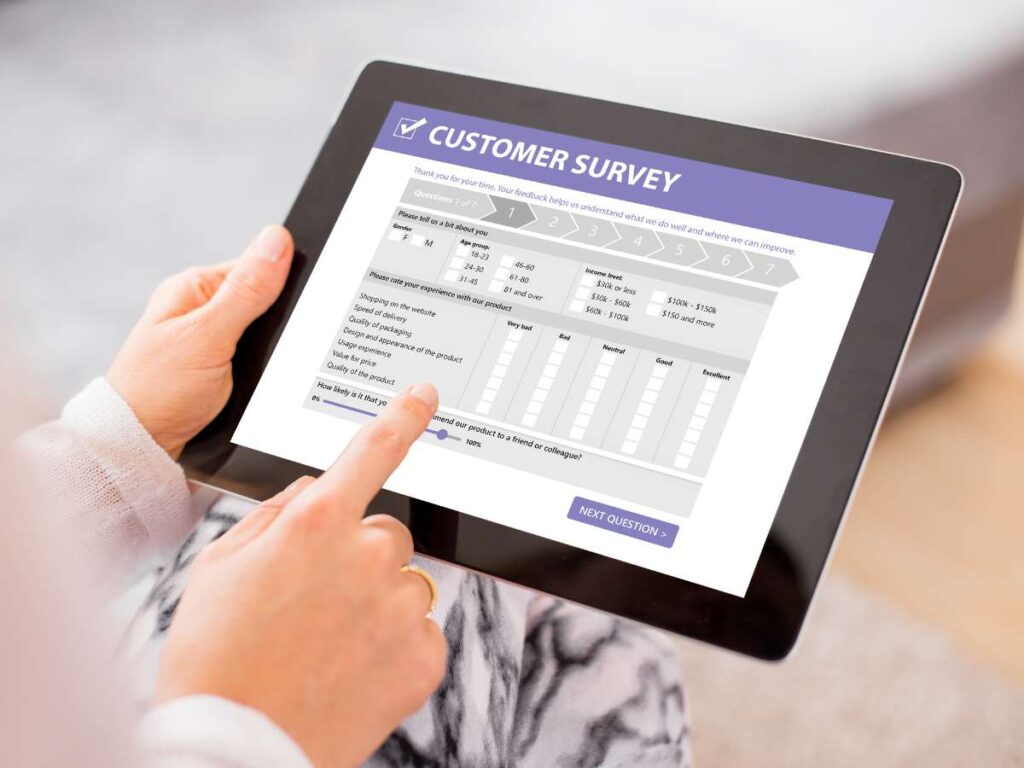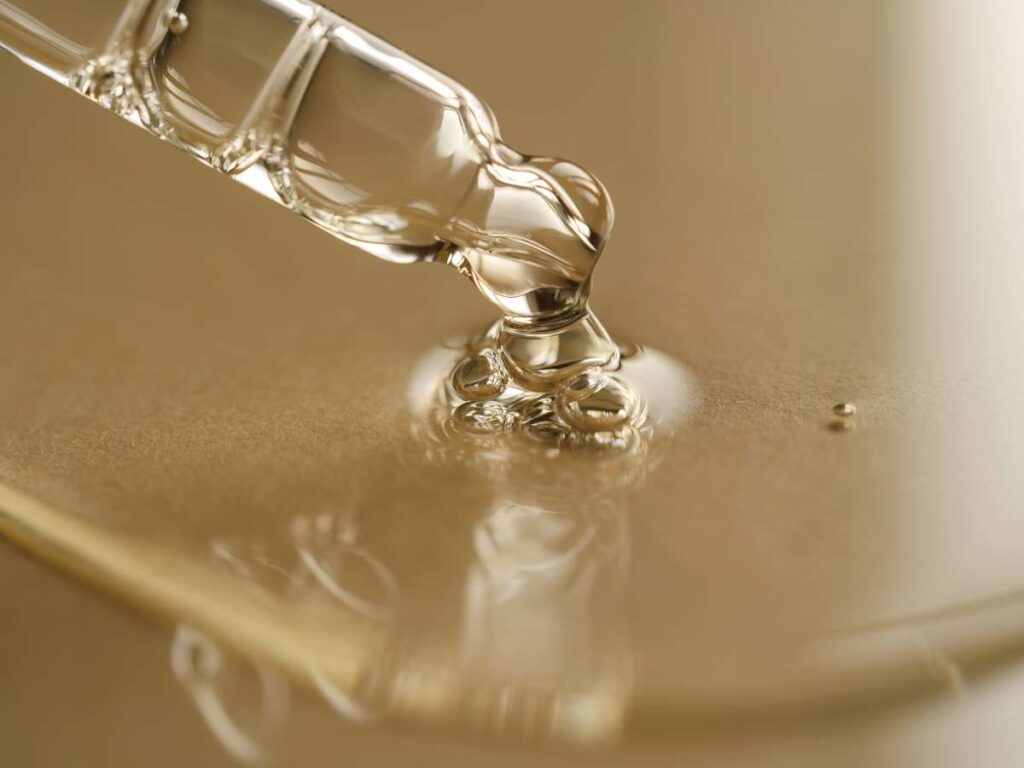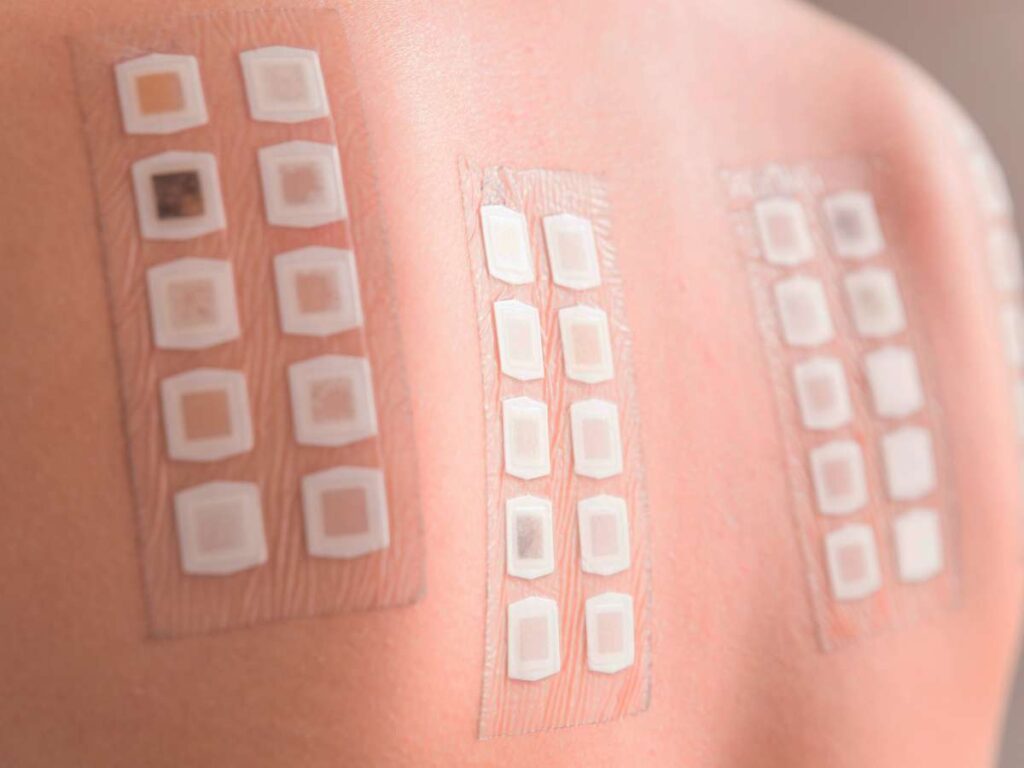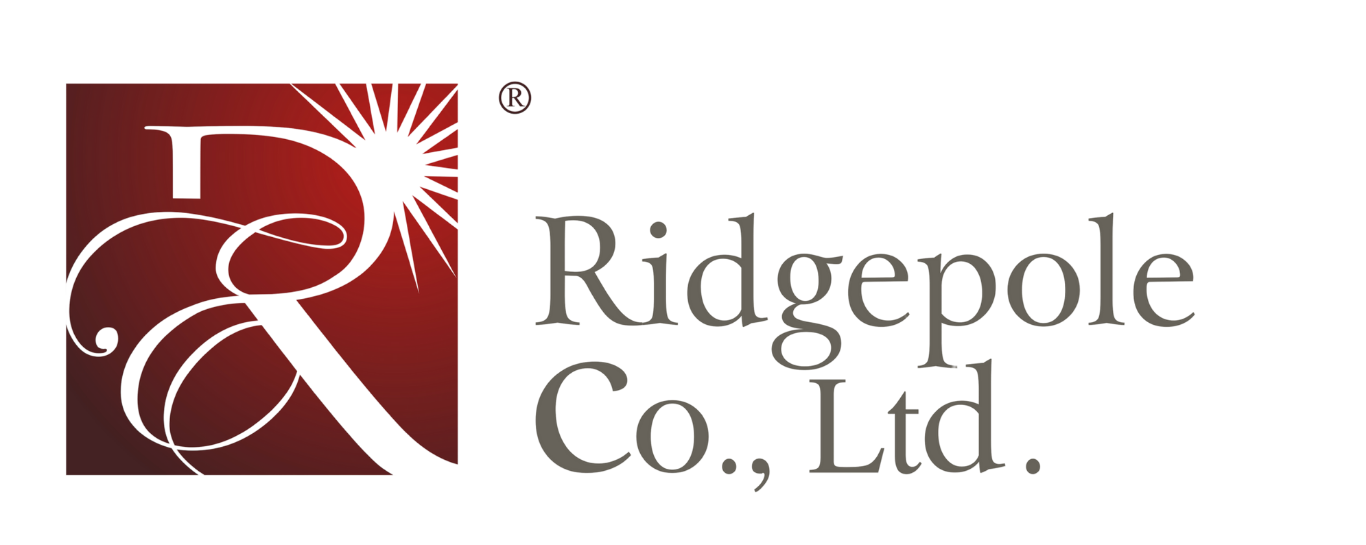How to Start a Skin Care Line?

Author: Tommy Tang | Founder at Ridgepole
Hi, I'm Tommy Tang, here to share my expertise in skincare with you.
Table of Contents
When I started my skincare brand, I had no investors, no big team just a passion for creating high-quality products. But passion wasn’t enough. Without a solid plan, my business almost failed before it even got off the ground.
If you’re looking to start your skincare line, you need more than just a great idea. You need a roadmap to avoid costly mistakes.
I’ve successfully built a skincare brand from scratch, and I know what works (and what doesn’t). This guide is based on real experience, not just theory.
You’ll get clear, actionable steps to launch your skincare business, everything from legal paperwork to branding and marketing strategies. No fluff, just what you need.
So let’s get started.
Step#1 Conduct Market Research
Before developing your skincare products, you need to understand who you’re selling to. Market research helps you identify your ideal customers and their needs. This step ensures that your products appeal to the right audience and stand out in a competitive industry.
Identify Your Target Audience
Your target audience is the group of people most likely to buy your products. To define this group, consider both demographics and psychographics.
- Demographics (measurable traits):
- Age range (e.g., 18-24, 25-40, 40+)
- Gender (women, men, unisex)
- Income level (budget-friendly, mid-range, luxury)
- Location (local, national, international markets)
- Psychographics (lifestyle and behavior):
- Skin concerns (acne, anti-aging, hydration, sensitive skin)
- Buying preferences (organic, fragrance-free, dermatologist-tested)
- Shopping habits (online shoppers, in-store buyers, subscription-based customers)
- Brand loyalty (do they prefer indie brands or well-known names?)
Analyze Industry Trends and Competition
Research the latest trends in skincare. Look at what ingredients, product types, and marketing strategies are gaining popularity. Explore consumer preferences through:
- Beauty industry reports and skincare trend studies
- Social media discussions and influencer content
- Online product reviews and customer feedback
Study your competitors to see what they offer. Identify gaps in the market where your brand can bring something new. Look at their pricing, branding, and customer engagement strategies.
Gather Customer Insights
To create products that sell, listen to potential customers. You can gather insights through:
- Surveys and polls – Ask consumers about their skincare concerns and preferences.
- Focus groups – Test product concepts with small groups and get feedback.
- Online forums and social media – Observe what people say about skincare brands and products

Step#2 Develop Your Brand Identity
A strong brand identity sets your skincare line apart from competitors and helps you connect with your target audience. A well-defined brand identity builds trust and recognition, making it easier to attract and retain customers.
Your brand mission explains the purpose of your skincare line. It should answer questions like:
- Why are you creating these products?
- What problem are you solving for your customers?
- How do you want customers to feel when they use your products?
For example, your mission might focus on providing clean beauty solutions, sustainability, or affordable luxury skincare.
Once you define your mission, outline your brand values—these are the principles that guide your business. Whether it’s ethical sourcing, cruelty-free formulations, or dermatologist-approved ingredients, your values should align with what your customers care about.
Step#3 Formulate Your Product Line
Developing your skincare products is 1 of the most important steps in building a successful brand. Your product line should meet the needs of your target audience while maintaining high quality and safety standards.
Select Product Types
Your product selection should align with your brand’s mission and customer needs. Decide on the skincare categories you want to offer, such as:
- Cleansers
- Moisturizers
- Serums
- Treatments
Starting with a small, core product line allows you to test the market and refine your formulations before expanding.

Source Quality Ingredients
The ingredients you choose define the effectiveness and safety of your skincare products. Research ingredients known for their skincare benefits, such as hyaluronic acid for hydration, niacinamide for brightening, or ceramides for barrier repair.
Make sure that your suppliers provide high-quality, ethically sourced materials, and verify that ingredients comply with regulatory standards. Transparency in ingredient sourcing helps build consumer trust.
Collaborate with a Cosmetic Chemist
Formulating skincare products requires expertise in chemistry and dermatology. Partnering with a cosmetic chemist ensures that your products are safe, stable, and effective.
Chemists help you select the right ingredient combinations, conduct stability and compatibility tests, and ensure that formulations comply with industry regulations. This step is crucial for creating high-performing products that deliver results.
Step#4 Navigate Legal and Regulatory Requirements
Complying with legal and regulatory requirements is essential when starting a skincare line. Understanding the necessary regulations helps you launch your products confidently and avoid setbacks.
Cosmetic Regulations
Different regions have specific regulations for skincare products. You must ensure your products meet the legal requirements for the markets where you plan to sell. Some key regulatory bodies include:
- U.S.: Food and Drug Administration (FDA) – Products must comply with the Federal Food, Drug, and Cosmetic Act (FFDCA).
- EU: European Medicines Agency (EMA) and the Cosmetic Regulation (EC) No 1223/2009 – Requires a Cosmetic Product Safety Report (CPSR) and product registration in the Cosmetic Product Notification Portal (CPNP).
- UK: UK Cosmetics Regulation – Similar to EU regulations but requires separate product registration.
- Canada: Health Canada – Products must comply with the Cosmetic Regulations under the Food and Drugs Act.
- Australia: Therapeutic Goods Administration (TGA) – Skincare products classified as cosmetics must meet specific ingredient and labeling requirements.
Labeling and Packaging Standards
Your skincare product labels must provide accurate and clear information. Labeling laws typically require the following details:
- Ingredient list (using the International Nomenclature of Cosmetic Ingredients – INCI)
- Product weight or volume
- Usage instructions and warnings
- Manufacturer or distributor contact information
- Expiration date or batch code (if applicable)
Claims such as “anti-aging” or “clinically proven” must be backed by scientific evidence. Misleading statements can lead to legal consequences and damage your brand’s reputation.
Product Safety and Testing
Testing is crucial to verify the safety and effectiveness of your skincare products. Some common tests include:
- Stability testing – It gurantees that the product remains effective over time.
- Microbial testing – Confirms that the product is free from harmful bacteria and fungi.
- Patch testing – This evaluates potential skin irritation or allergic reactions.

Step#5 Develop a Marketing and Sales Strategy
A strong marketing and sales strategy helps you attract customers and grow your skincare business. Whether selling online or in stores, you need to build brand awareness and create a plan to convert interest into sales. Below are key steps to market and sell your skincare products effectively:
Build an Online Presence
- Create a professional website – Use an e-commerce platform like Shopify, WooCommerce, or BigCommerce to showcase your brand and products.
- Optimize for mobile – Make sure your website is mobile-friendly for customers shopping on their phones.
- Include high-quality product images and descriptions – Show clear, detailed photos and provide information on ingredients, benefits, and how to use each product.
- Start a skincare blog – Share skincare tips, ingredient insights, and industry trends to attract organic traffic.
- Use social media platforms – Engage with potential customers on Instagram, TikTok, Facebook, and Pinterest to promote your brand.
Implement Digital Marketing Tactics
- Search Engine Optimization (SEO) – Use relevant keywords, such as “hydrating face serum” or “best skincare for dry skin,” to improve your website’s ranking on search engines.
- Email marketing campaigns – Build an email list and send newsletters with promotions, skincare tips, and product launches.
- Influencer and affiliate marketing – Partner with skincare influencers and bloggers to reach a wider audience.
- Paid advertising – Run targeted ads on Google, Facebook, and Instagram to reach potential customers based on their interests and demographics.

Explore Retail and Distribution Partnerships
List your products on platforms like Amazon, Etsy, and beauty-specific e-commerce sites. You can also approach beauty stores, pharmacies, and department stores to carry your skincare line.
Collaborating with beauty box services can let you introduce your products to new customers. Finally, network with buyers, distributors, and industry professionals to expand your reach.
Step#6 Plan for Product Launch and Distribution
A well-planned launch allows your skincare products to reach customers efficiently and create a strong first impression. Below are the essential steps to prepare for your product launch and distribution:
Develop a Product Launch Plan
Choose a timeline that allows for proper marketing, production, and logistics preparation. Social media teasers, influencer collaborations, and email campaigns can also let you build excitement.
Choose the Right Distribution Channels
- Direct-to-Consumer (DTC) via E-Commerce – Sell products on your brand’s website for full control over pricing and customer experience. Use platforms like Shopify, WooCommerce, or Squarespace to manage sales.
- Online Marketplaces – List products on Amazon, Etsy, or beauty-specific marketplaces to expand your reach. Optimize product listings with keywords and high-quality images.
- Retail Stores and Boutiques – Approach local and national beauty stores to carry your products. Provide retailers with marketing materials and product samples.
- Wholesale Distribution – Partner with distributors who supply salons, spas, pharmacies, and beauty chains. Offer bulk pricing and incentives for larger orders.
- Subscription Boxes and Beauty Partnerships – Collaborate with skincare subscription boxes like Birchbox or Ipsy to introduce your products to a broad audience. Partner with beauty brands for co-branded promotions or gift sets.
Step#7 Monitor and Scale Your Business
After launching your skincare line, you need to track performance to guarantee growth. Monitor sales trends, customer feedback, and marketing analytics to understand what’s working. Use tools like website analytics and inventory management software to stay on top of demand and prevent stock issues.
Expanding your product line is a key step in scaling your business. Introduce new skincare solutions based on customer needs and test formulations before launching.
When your brand gains traction, consider expanding distribution channels. Partnering with more retailers, selling on global marketplaces, and increasing production capacity can support growth. By continuously improving and expanding, you can build a successful and sustainable skincare business.
Conclusion
Starting my skincare brand was one of the most rewarding but challenging things I’ve ever done. There were moments when I felt completely lost, wondering if I had made the right decision.
But with the right strategy, guidance, and persistence, I turned my vision into a thriving business.
Now, you have the roadmap to do the same. You don’t have to figure everything out on your own or waste time making costly mistakes.
If you’re ready to bring your skincare brand to life, Ridgepole can help you manufacture high-quality products tailored to your needs.
Need more guidance? Contact us today, and let’s turn your skincare vision into a thriving business!
Check Out These Additional Resources
Not quite what you’re looking for? Explore our wider product range for more choices:
Still haven’t found what you’re looking for? Don’t hesitate to contact us. We’re available around the clock to assist you.
Quick Quote
Own Your Private Label Cosmetic Line Is No Longer Difficult Here!





